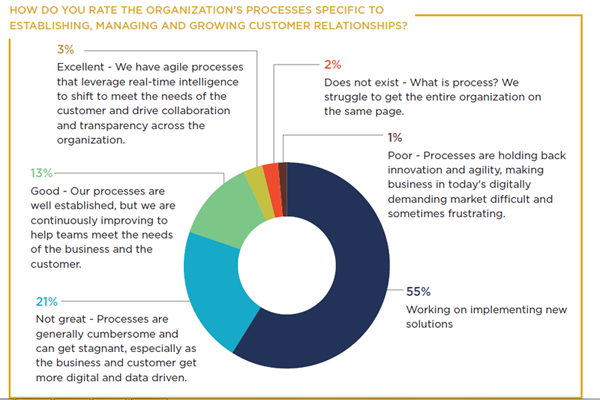Fast Service Key to CX [On Any Channel]

Whether it's a phone call, a social query, or a desktop, mobile or in-store visit, most shoppers engage with brands across a multitude of channels - demanding enterprises keep up.
As part of a June 2016 study titled, "Context, Commerce and Customer: Best Practices to Exceed Expectations," SAP hybris and the CMO Council surveyed 170 senior marketing leaders from around the world and their insights into both the experience they want to provide their customers and the experience their current marketing stack actually allows them to provide are telling of customer experience (CX) trends today.
For starters, 75 percent of marketers believe fast response times to issues, needs or complaints is the most important aspect of delivering an exceptional CX, followed by consistency of experience across channels (56 percent), knowledgeable staff ready to assist whenever and wherever the customer needs (52 percent), a person to speak with regardless of time or location (36 percent), and relevant communications, promotions, recommendations and products (36 percent).
Marketers are able to prioritize CX attributes just fine, of course, but when it comes to accessing and implementing the data needed to provide these types of experiences, they are struggling to connect the data dots that will allow them to know customers across channels and engage with them in contextual ways - with data being trapped in organization silos outside of the marketing department as the biggest obstacle to doing so. To unleash their CX, 55 percent of marketing leaders are currently working on implementing new solutions to establish, manage and grow customer relationships.

Other interesting insights from the report include:
++ 30 percent of marketing leaders have a strategy in place to deliver contextual experiences in real-time to customers regardless of channel, but are still struggling to align intelligence, content and channels with the customer.
++ 52 percent of respondents believe their marketing and commerce processes are working together "moderately well" with some processes being seamless while others are a work in progress.
++ The greatest organizational challenge to onboarding and integrating new emerging technologies is having the right team and talent to manage and optimize these new tools (32 percent).

Subscribe to Our Newsletter!
Latest in Software






![Fast Service Key to CX [On Any Channel]](https://www.websitemagazine.com/hubfs/Imported_Blog_Media/jumpingwoman-Jan-23-2023-02-26-38-9325-PM-1-1-1.png)

